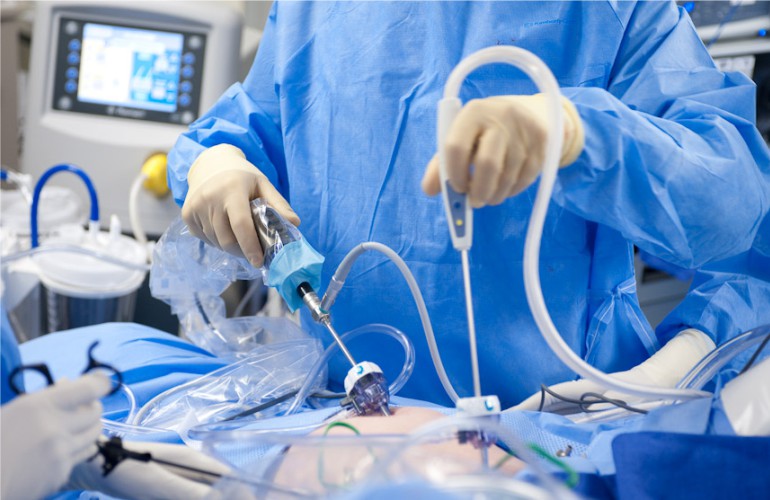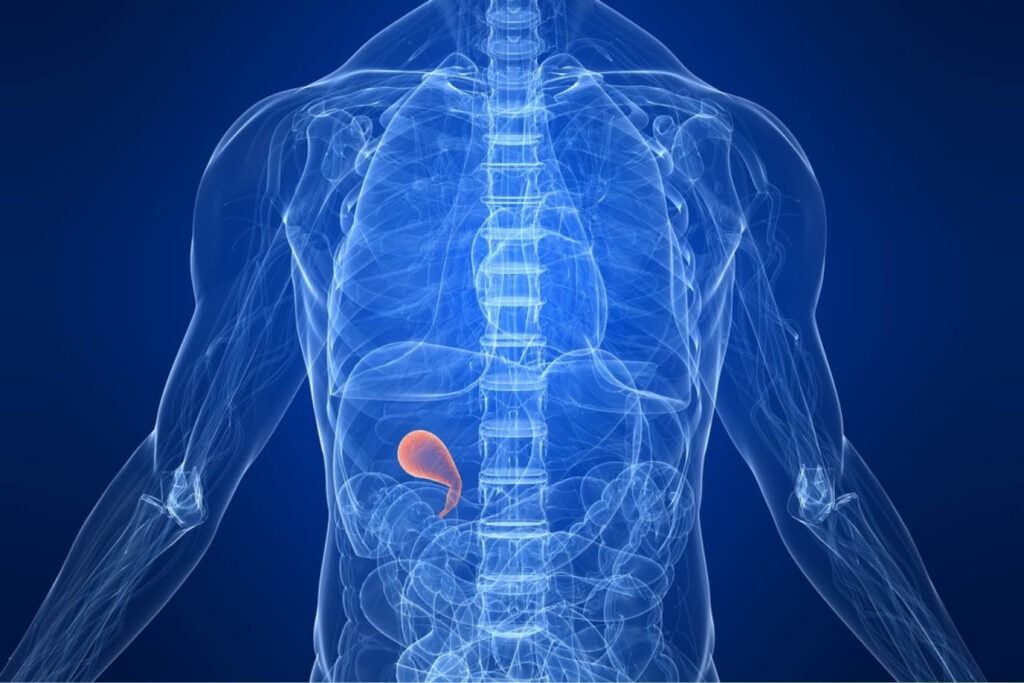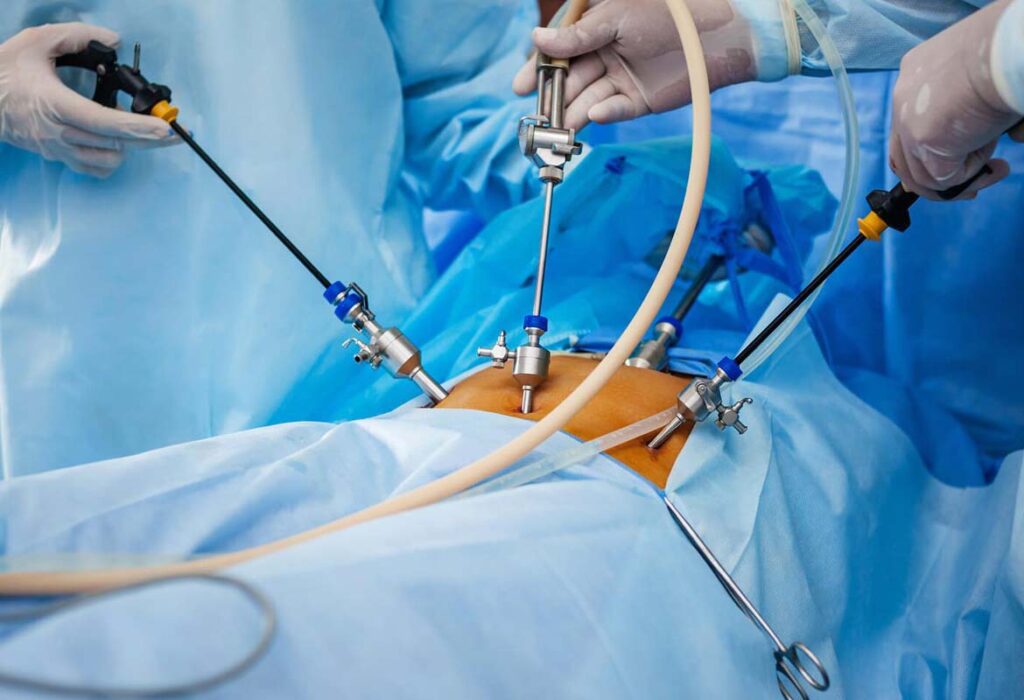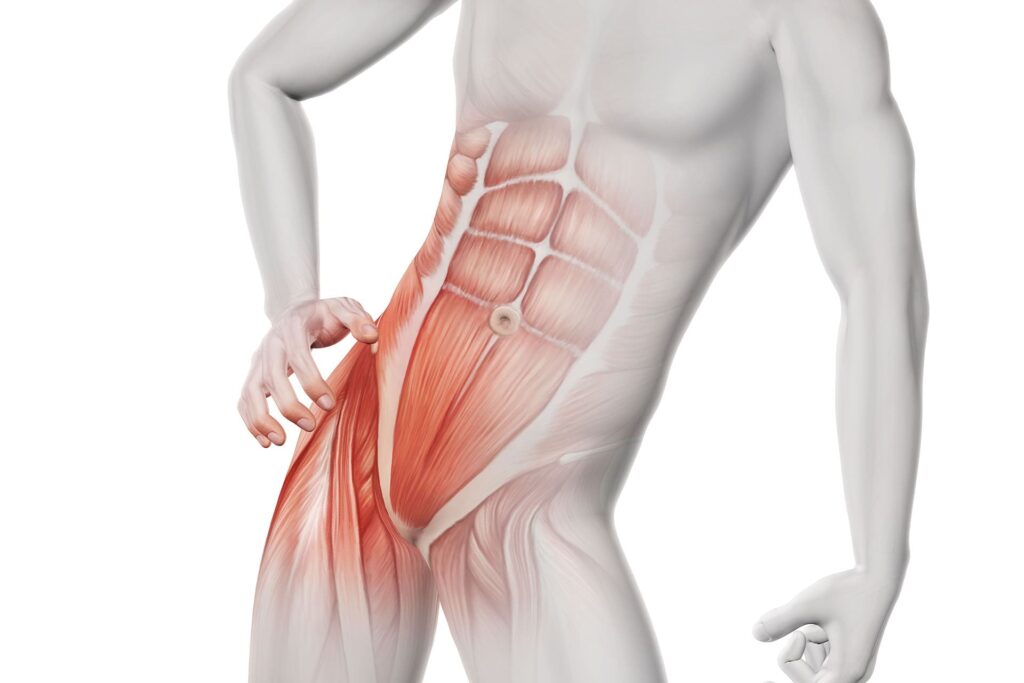| OUR SERVICES |
BARIATRIC PROCEDURES
Gastric Bypass
It involves creating a small stomach and connecting it directly to the small intestine, which reduces the amount of food that can be ingested and limits the absorption of nutrients in a significant segment of the intestine, thus aiding weight loss and controlling obesity-related diseases.

Gastric Sleeve
This procedure reduces the size of the patient's stomach by 70% to 80%. This way, we manage to reduce the sensation of physiological hunger and, with this, the amount of food the patient requires to feel satiated, facilitating an easier transition to new nutritional habits.

Revisional Surgeries
Revisional surgery is a surgical intervention intended to address complications or dissatisfaction after previous bariatric surgery, such as gastric sleeve or gastric bypass. It is considered when a patient experiences problems such as weight regain, reflux, food intolerance, or medical complications.

NON-SURGICAL PROCEDURE
Gastric Balloons
A gastric balloon is a device that is temporarily placed in the stomach to aid in weight loss. It is inserted through the mouth using an endoscope and filled with saline solution to take up space, helping to reduce the amount of food you eat and help you feel full faster. It is a nonsurgical procedure and is usually removed after six months.

BASIC PROCEDURES



Laparoscopic Plication Fundo
It is a surgical procedure to treat gastroesophageal reflux disease (GERD) and hiatal hernia, in which the upper part of the stomach (the fundus) is wrapped around the lower part of the esophagus to strengthen the connection between the two and prevent the reflux of stomach acid into the esophagus.
Hiatal Hernia Repair
Hiatal hernia repair involves surgery to correct the protrusion of part of the stomach through the diaphragm. The goal of surgery is to narrow the opening in the diaphragm and reposition the stomach in its proper place within the abdomen.
Cholecystectomy
Cholecystectomy is a surgical procedure to remove the gallbladder. The gallbladder is a small, pear-shaped organ located below the liver that stores bile. Cholecystectomy is most often performed to treat gallstones and their complications.



Diagnostic Laparoscopy
Diagnostic laparoscopy is a minimally invasive procedure that allows doctors to view the inside of a patient's abdomen or pelvis using a laparoscope, a thin instrument with a camera.
Appendectomy
An appendectomy is a surgical procedure to remove the appendix, a small, finger-shaped organ located in the large intestine. It is primarily performed when the appendix becomes inflamed and infected, a condition known as appendicitis.
Inguinal and ventral hernia
Cholecystectomy is a surgical procedure to remove the gallbladder. The gallbladder is a small, pear-shaped organ located below the liver that stores bile. Cholecystectomy is most often performed to treat gallstones and their complications.


